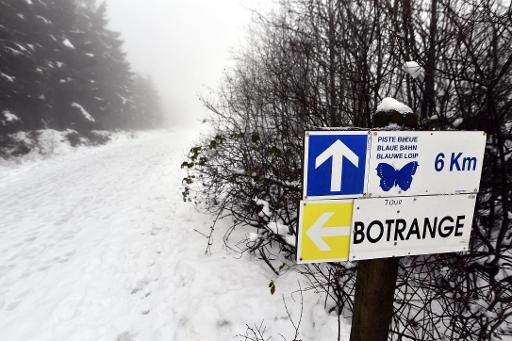At the signing of the Armistice, guns fall silent, but the Allies intend to make Germany pay for the damage caused in Europe. The Versailles Treaty, signed in 1919, fixed at 132 billion gold marks the cost of the repairs. Belgium would have its financial share, receive a mandate over Rwanda-Burundi, and inherit the Eastern Cantons.
Initially, the sale of the German territories of Eupen-Malmedy, neutral Moresnet, and the Vennbahn railway line aimed at securing militarily the eastern flank of Belgium.
Administered as early as 1919, the cantons gradually become incorporated into the kingdom. The German-speaking residents would vote for the first time in 1925.
In 1940, Nazi Germany recovers the region, and integrates it into the Great Reich. The men are incorporated into the Wehrmacht.
At the end of World War II, the area is reinstated into Belgium. Since then, the Eastern Cantons have become the German-speaking community, which is an integral part of the country’s three linguistic communities.
Often considered as the “last true Belgians,” the German speakers are more than 76,000, spread over 854 km2.
The incorporation of this region into Belgium would also have had an impact on its geography: the Botrange Signal became its highest peak in 1919, and the High Fens are part of the country’s natural jewels.
The Brussels Times

